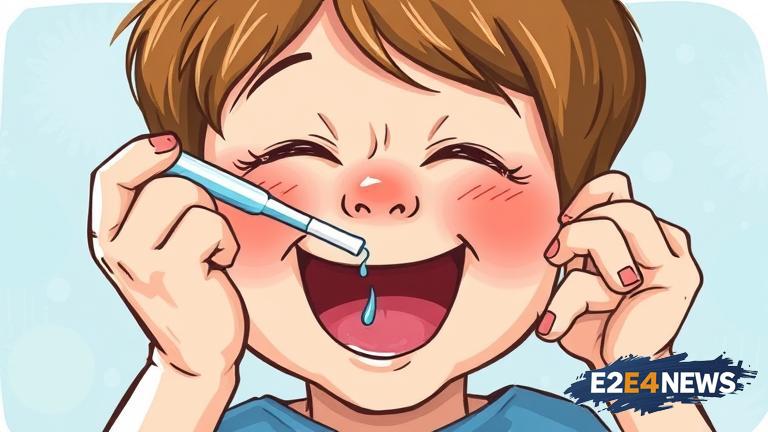As a parent, it’s essential to instill good oral hygiene habits in your children from a young age. Flossing is a critical part of this routine, and it’s not just for adults. Even baby teeth need to be flossed to prevent plaque buildup and promote healthy gums. However, getting kids to floss can be a daunting task, especially when they’re still learning to brush their teeth. The American Dental Association recommends that children start flossing as soon as they have two teeth that touch, which is usually around the age of two or three. But how do you actually get them to do it? One approach is to make flossing a fun and interactive experience. You can start by using a child-friendly flossing tool, such as a floss pick or a interdental brush, which can make it easier for them to maneuver. It’s also important to demonstrate the proper technique, showing them how to gently curve the floss around the edge of each tooth. Another strategy is to create a routine, such as flossing at the same time every day, so it becomes a habit. You can also make it a game, challenging your child to floss all their teeth in a row or to find any hidden food particles. Additionally, using a reward system, such as stickers or stars on a chart, can motivate kids to floss regularly. It’s also crucial to lead by example, showing your child that flossing is a normal part of your daily routine. As they get older, you can gradually give them more responsibility for flossing, teaching them how to do it independently. But remember, it’s not just about getting them to floss, it’s also about teaching them why it’s important. Explaining the benefits of flossing, such as preventing cavities and bad breath, can help them understand the value of this habit. Furthermore, making flossing a family affair can make it more enjoyable and create a sense of teamwork. You can floss together, making it a special bonding time, or even create a flossing chart to track progress. It’s also essential to be patient and not to scold or punish your child if they don’t floss correctly at first. Instead, offer positive reinforcement and encouragement, praising them for their efforts. As your child grows and develops, their oral hygiene habits will evolve, and flossing will become second nature. But it’s up to you to lay the foundation, teaching them the importance of flossing and making it a fun and enjoyable experience. By starting early and being consistent, you can help your child develop a lifelong habit of flossing and set them up for a lifetime of healthy smiles. Moreover, it’s not just about the oral health benefits, flossing can also help with overall health, as research has shown that there is a link between gum disease and other health issues, such as heart disease and diabetes. Therefore, teaching your child to floss is not just about their teeth, it’s about their overall well-being. In conclusion, flossing is a crucial part of oral hygiene, and it’s essential to teach kids to floss from a young age. By making it a fun and interactive experience, creating a routine, and leading by example, you can help your child develop a lifelong habit of flossing and set them up for a lifetime of healthy smiles.
